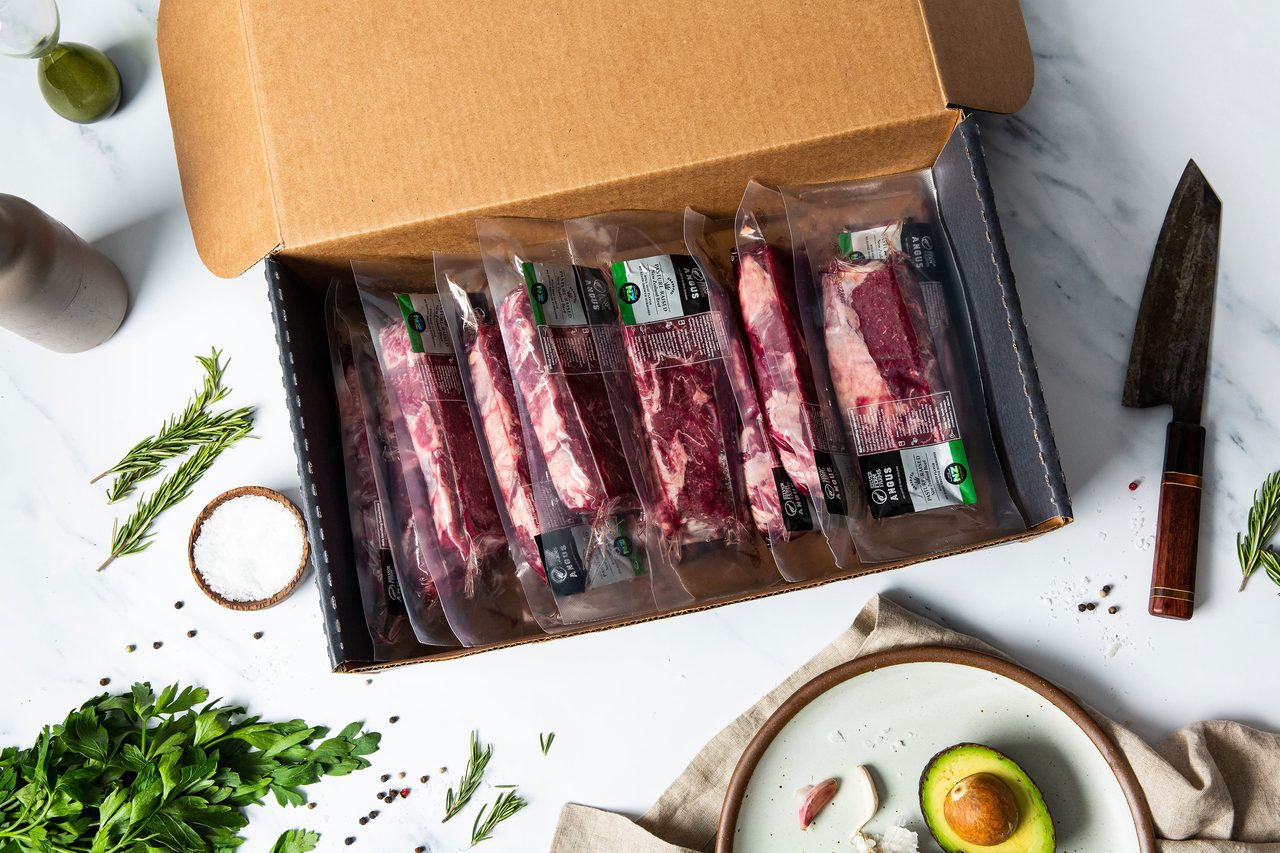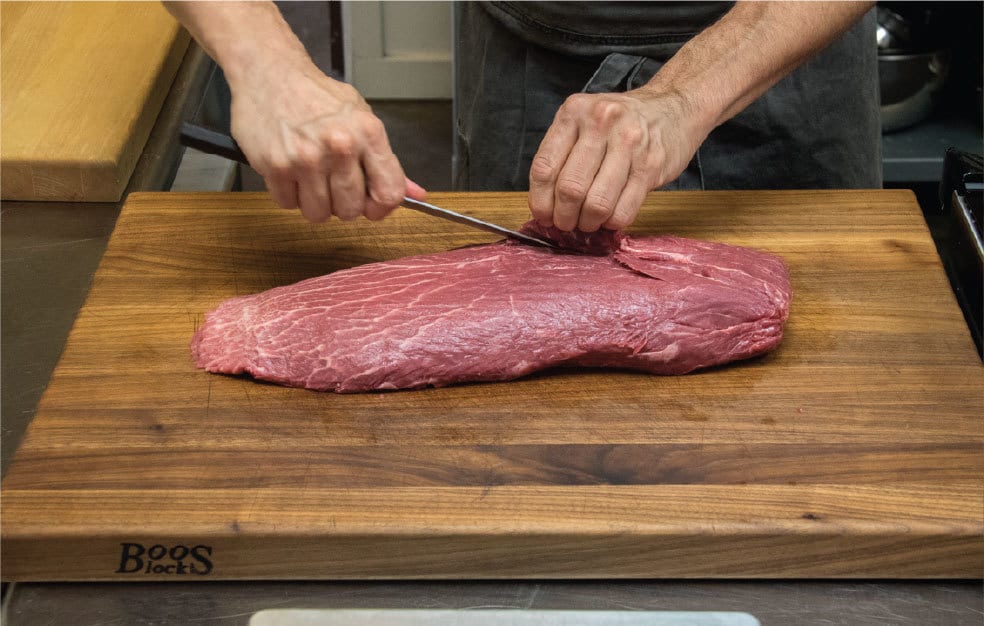COLD ENERGY MANAGEMENT
How Efficient Foodservice Meat Production Reduces Waste and Improves Profits
Purchasing factory-trimmed meat or frozen, pre-portioned items can lower labor costs and significantly elevate yields.
Let’s start with the first challenge and what restaurants can do about it. Costs are up across almost all expense categories including rent, ingredients, services, and most notably labor. Good luck trying to find a restaurant owner who feels that the labor market is not the most difficult it has ever been. Owners tell stories of workers demanding significantly higher wages; of for the first time hiring people with no experience whatsoever; of those new hires never returning after the first night because they couldn’t handle the work; and of working long hours to do jobs that they never had to do before.
Restaurant operators never had it easy. Long before the pandemic, it was their industry that was notorious for a high failure rate. The estimates vary, but the most commonly quoted number is that in good times, 60% of restaurants fail within their first year, and 80% within five years. That’s a staggering statistic by itself.
When restaurants fell onto the pandemic roller coaster, they were already tired and had the odds of success stacked heavily against them. That so many restaurants managed to survive the pandemic is a testament to their tenacity, adaptability and passion.
As conditions seemingly return to normal and restaurants appear busy, it is easy to assume that restaurants are also back to their normally challenging times. However, conditions are not back to normal for restaurants. They are still riding rough seas and facing new headwinds, not least of which are labor availability and cost, as well as demand volatility.

Some meat producers specialize in supplying products that can mitigate the effects of the current labor shortage. All images courtesy of North American Meats & More.
Factory Fabrication
Some meat producers are in a far better position to supply products that can mitigate the effect of this labor shortage. Companies recognize they can more efficiently clean cuts at the plant level than even a good butcher can at the restaurant level, and quietly focus on end-user needs by taking their fabrication all the way to being restaurant ready.
We’ll use a popular bistro cut, the flat iron, as an example. The standard USDA flat iron spec yields only about 40% usable steaks, along with 21% usable trim and a whopping 39% waste. An efficiently cut flat iron which is substantially cleaner and notably missing the massive, useless fat cap yields 63% steaks and 26% usable trim, a 23% improvement in steak yields and 5% improvement in usable trim.
If a small restaurant that does about $1 million in annual sales sells 15 ten-ounce flat iron steaks a night at a raw material cost of $5.50 per pound and enough burgers to use all the usable trim, it will reduce food cost by $1.38 per steak or about $4,025 over the course of a year. It would also generate about 100 extra pounds of usable trim in a year that would make 200 burgers at no cost for savings of about $350.
Add in a modest labor savings of approximately $600 from reduced labor required to clean standard flat irons, and the restaurant operator saves a total of $4,975 per year on a single menu item just by switching to a product that is further fabricated in a boning room instead of in a kitchen. This one example highlights the efficiencies that are out there if the restauranteur has an open mind to new products and suppliers that it can trust to bring to bring profitability-enhancing items.

An efficiently cut flat iron which is substantially cleaner and missing the fat cap yields 63% steaks and 26% usable trim, a 23% improvement in steak yields and 5% improvement in usable trim.

IQF Solutions
Another increasingly common practice is for chefs to use blast frozen, IQF portioned steaks to address the second significant challenge that restaurants face today: demand volatility. COVID-19 news continues to drive new changes to the rules as well as changing diner’s behavior, which means that sales on any given night can fluctuate much more dramatically than in the past. Properly frozen portions are one way that an operator can handle that volatility while also purchasing sufficient quantities to get a good price and satisfy their vendor’s delivery minimums.
Switching to IQF steaks could substantially improve operations and profitability, but it requires a change of thinking when it comes to frozen meat. If meat is commercially frozen with substantial shelf-life remaining, a frozen steak tastes identically to a fresh steak. To believe this, skeptical chefs need to understand the reasons why they have developed an aversion to frozen meat. Most of the time, distributors and producers are freezing product because they haven’t been able to sell it and the product is running right up to its expiration date. Naturally, by the time you slack that meat out it will be funky.
But when meat is intended to be frozen and is done so with enough shelf-life remaining, the quality can be perfect. If it’s individually vacuum sealed and cut by expert butchers, the restaurant operator doesn’t have to take a knife to their meat and must simply take out a few steaks for service. If it’s a busy night, the chef can simply remove more steaks from the freezer on the fly and run them under cold water for 30 minutes. If the night, or week is quiet, there is no risk of loss because the steak inventory is safely in the freezer.
A restaurant operator can improve their profitability by using cuts with superior fabrication and/or blast frozen portions. It doesn’t remove all the challenges of course, since they still need to find employees to cook the meat properly.
